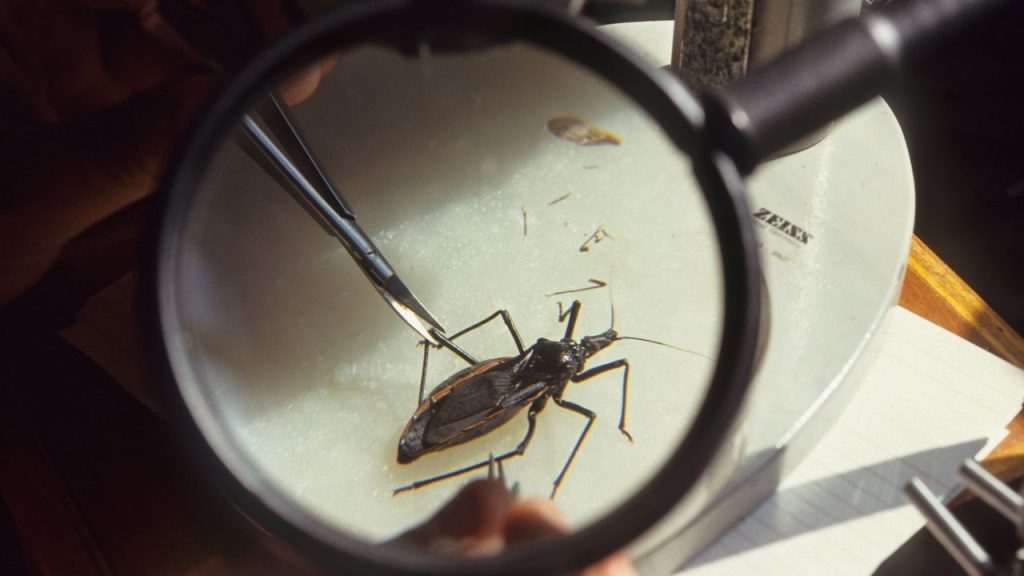The parasitic kissing bug disease is not new, but it has become increasingly common to the point of becoming endemic in the U.S. Because of this, the insect-borne illness has become a point of interest for researchers. The disease can go unnoticed, but in severe cases, it can lead to lifelong chronic health issues.
What is kissing bug disease?
Kissing bug disease, also called Chagas disease, is caused by the parasite Trypanosoma cruzi. This disease is spread by triatomine bugs, which are “bloodsucking insects that tend to bite people’s faces,” which is why they are also called kissing bugs, said The New York Times. The parasite is “mainly found in rural areas of Mexico and Central and South America,” said the Centers for Disease Control and Prevention. However, the disease has spread enough to officially be considered endemic to the U.S., according to a report published in the journal Emerging Infectious Diseases.
The triatomine bugs can infect both people and animals, including dogs. The disease goes largely unnoticed in most people, as “most people in the United States only get diagnosed if they go to donate blood,” said the Times. “Only about 1% of people infected with Chagas disease in the United States have been diagnosed.” Many carry the disease without any symptoms, but it may also manifest as an acute or long-lasting infection. The acute phase usually occurs within weeks or months of the parasite being contracted and can cause swelling at the infection site, fever, fatigue, body rash, eyelid swelling and body aches. It could also cause gastrointestinal problems and swollen glands.
While acute infection is usually temporary, a chronic phase can appear ten to 20 years after infection in about 20 to 30% of cases. This can lead to perpetual heart issues, such as an “enlarged heart, heart failure, altered heart rate or rhythm or sudden death,” as well as digestive problems, like an “enlarged esophagus or colon, leading to trouble eating or going to the bathroom,” said the Mayo Clinic.
How common is it?
Approximately 8 million people globally, including an estimated 280,000 in the U.S., have kissing bug disease, and most are not aware of it, according to the CDC. Cases of the disease in humans have been found in Arizona, Texas, Louisiana, Missouri, Mississippi, Arkansas, Tennessee and California, while cases of Chagas disease in animals have also been found in New Mexico, Oklahoma, Nebraska, Alabama, Georgia, Florida, South Carolina, North Carolina, Kentucky, Virginia and Maryland.
“Several triatomine species are common in the southern United States, where they transmit T. cruzi and invade human dwellings,” said the Emerging Infectious Diseases report. The disease is already considered endemic in 21 countries in the Americas. Despite this, “if you ask physicians about Chagas, they would think that it is either something transmitted by ticks … or they would say that’s something that doesn’t exist in the U.S.,” said Bernardo Moreno Peniche, one of the authors of the review, to The Guardian.
To prevent infection, experts recommend sealing windows to prevent insects from entering, as well as clearing wood piles from near the property, which can be sites for kissing bug congregation. Also, be careful when eating raw fruits and vegetables, which could potentially contain feces from the insects. The good news is that the chances of contracting the disease in the U.S. are still rare. “Most Americans should not be worried at all,” Caryn Bern, an epidemiologist at the University of California, San Francisco, said to the Times.
The disease has had a steady stream of cases in the last 10 years
